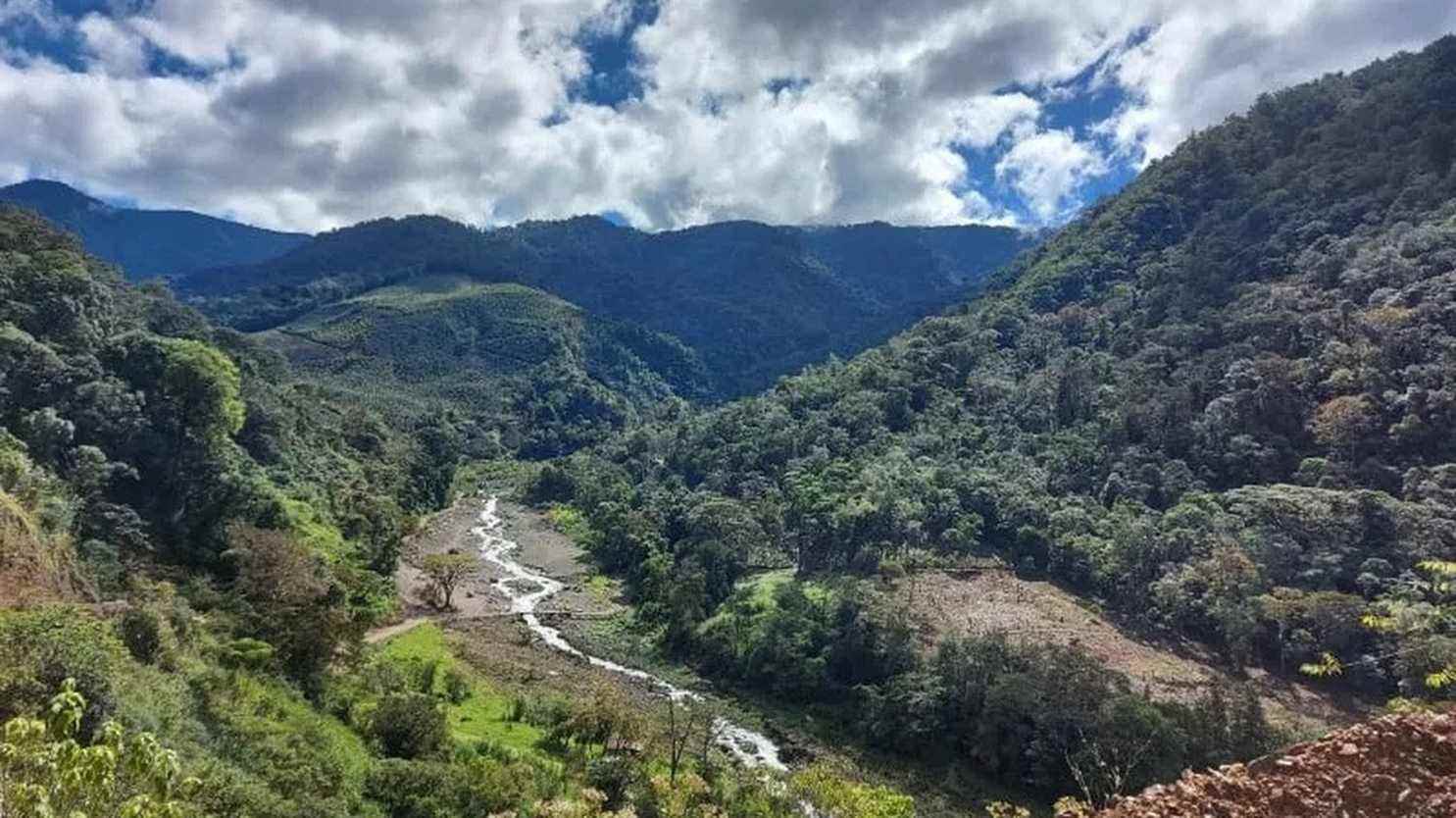This is the paradox of our planet subjected to a climate emergency. Countries that are very late in becoming aware of and implementing measures in favor of the environment affirm the ambition to make efforts in this direction, and the nations that could be described as good students must remain vigilant.
This is the case of Costa Rica, a country in Central America between Panama and Nicaragua: 5% of the world’s biodiversity in a territory equivalent to 1 / 10th of the area of France, half of the land occupied by trees, 144 nature reserves, the defense of the environment and protected species listed in the constitution, and populations made aware of the issue. And yet, all is not so clear.
Julie Pietri’s reports have pointed out the elements that damage the whole. Starting with the forests. In the mountainous regions, some trees, not too many so that the phenomenon is not visible, are made sick by the criminal injection of acids which, in the long term, end up killing them. They must therefore be slaughtered, and the space freed up benefits the coffee farmers.
This example is not the only interpretation of the tensions that animate Costa Rica. On the one hand, love of nature, on the other, economic appetites which sometimes conflict with the green policies carried out in this country.

Julie Pietri met Costa Rica’s Cop negotiator in Glasgow.
“Green Costa Rica is not a myth, it is reality. An exceptional natural heritage and exemplary legislation, but with strong pressure to recover land for oil exploration.”
Costa Rica’s negotiator at COP 26to franceinfo
This debate has returned to the political arena and represents a threat to Costa Rica’s green label. The reporter is therefore struck by the contrast between the green, lush, sound forests and the cities, large metropolises endowed with large road infrastructures with polluting trucks and 4x4s.
And this debate between men, those who want to preserve the exemplary model turned towards nature, and others who would like to boost the economy with fossil fuels.
